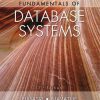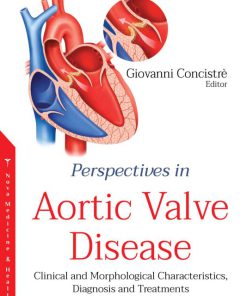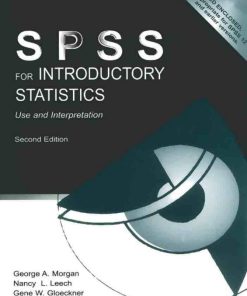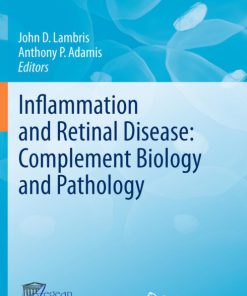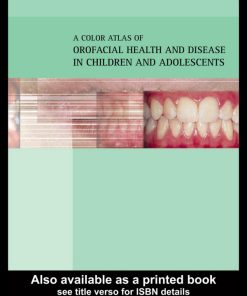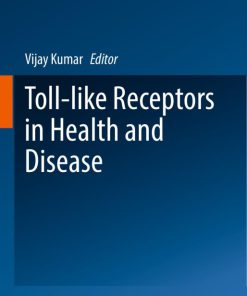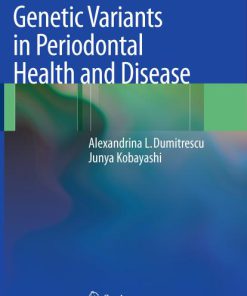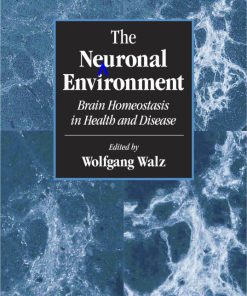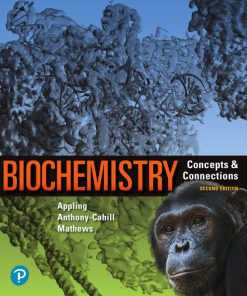Functional Biochemistry in Health and Disease 2nd Edition by Eric Newsholme, Anthony Leech ISBN 9781119965244 1119965241
Original price was: $50.00.$25.00Current price is: $25.00.
Authors:Eric Newsholme; Anthony Leech , Series:Biochemistry [6] , Tags:Science; Life Sciences; Biochemistry; Microbiology; Wiley , Author sort:Newsholme, Eric & Leech, Anthony , Ids:Google; 9780471988205 , Languages:Languages:eng , Published:Published:Jun 2010 , Publisher:Wiley , Comments:Comments:Functional Biochemistry in Health and Disease provides a clear and straightforward account of the biochemistry that is necessary to understand the physiological functions of tissues or organs essential to the life of human beings. Focusing on the dynamic aspects of biochemistry and its application to the basic functions of the body, the book bridges the gap between biochemistry and medical practice. Carefully structured within five sections, each biochemical, physiological or medical subject that is covered in the book is presented in one complete chapter. Consequently, each subject can be read and studied in isolation although cross-sectional links between the subjects are included where necessary. Background material, both biochemical and medical, that is necessary for an understanding of the subject, is included at the start of each chapter and clear, relevant diagrams enhance students’ understanding. Focuses on medically relevant aspects of biochemistry written from a physiological rather than a chemical perspective. Clear presentation that minimises the use of jargon. Each chapter contains boxes on related topics, relevant diagrams and a brief glossary. Coverage includes athletic performance, apoptosis and the immune system. Key historical developments are included to show how modern biochemistry has evolved. By linking biochemistry, medical education and clinical practice this book will prove invaluable to students in medical and health sciences, biomedical science and human biology taking an introductory biochemistry course. In addition it will appeal to biochemistry and biology students interested in clinical applications of biochemistry.



